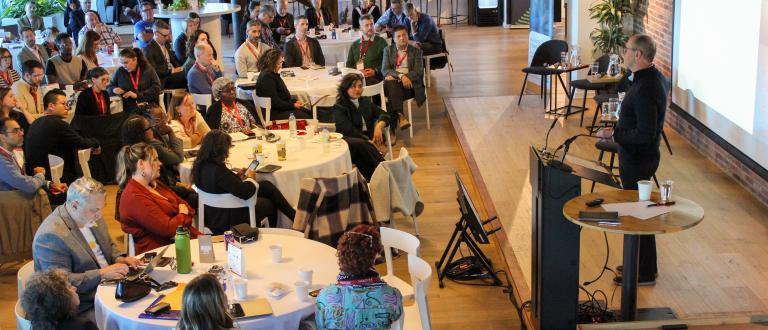Each year the House of Commons Standing Committee on Finance invites Canadians to share their thoughts on the government's federal spending priorities. With an election on the horizon and the possibility of the Federal Budget being released in 2025, below is a summary of what the nonprofit sector is asking for in the 2025 Federal Budget.
Number of submissions from charities and nonprofits:
- 2019: ~100
- 2020: ~300
- 2022: ~200
- 2023: ~300
- 2024: ~400
- 2025: ~333
Trends in Sector Priorities
Increased Number Of Joint Submissions On Sub-Sectoral Issues
This year, the decreased number of submissions is in part due to a higher number of joint submissions in various subsectors. These coalitions include:
- The National Alliance for Children and Youth
- Permanent and secure funding for youth employment and skills development.
- The Consortium of Anchor Arts Organisations
- Permanent annual investment of $140 million in the Canada Council for the Arts
- The National Lung Health Alliance
- Development of a respiratory health strategy and bilateral funding agreements to support improvements to respiratory healthcare across Canada.
- The Canadian Coalition of Community-Based Employability Training
- Support underfunded community-based employability networks
Pervasive Trends Across Subsectors
Each year there are major trends in pre-budget submissions that transcend sub-sectors. This year those trends included; Funding for new and existing programs such as the Investment Readiness Program and the Community Services Recovery Fund. Recommendations also focused on program supports for those living with disabilities such as; ensuring broad access to the Canada Disability Benefit and increasing support levels. There were also several recommendations calling for the government to provide training and education to support workers in various sub-sectors including in health care and the community service sector. This year we also saw recommendations related to the funding environment which included amendments to the Income Tax Act to improve access to funding for non-qualified donees and a review of the Disbursement Quota.
Partner In The Delivery of Services
Across all sub-sectors organizations provided recommendations that address pressing and emergent issues in Canadian society such as Housing, environment, Poverty and food security. From providing shelter for Canadians in need to providing access to safe and nutritious food the nonprofit sector touches every facet of Canadian society. As we begin to think about the 2025 Election the nonprofit sector must continue to highlight the importance of the nonprofit sector to members of parliament and party candidates.
While the 2024 budget consultation process has closed, the 2025 election is just around the corner. We encourage all organizations in the charitable and nonprofit sectors to engage actively with Candidates in their ridings to ensure the sector’s voice is heard!
Subscribe to Early Alert for updates about government policy activities shaping the nonprofit sector.

The infographic is also available as a PDF for download.



